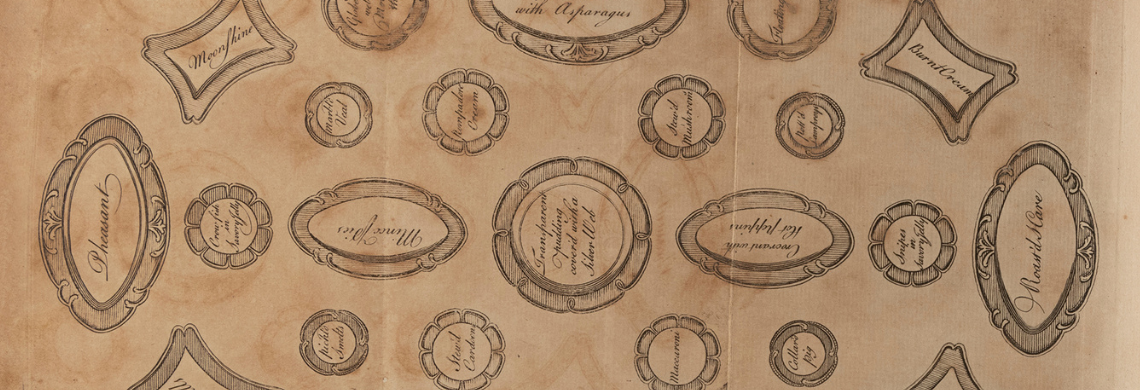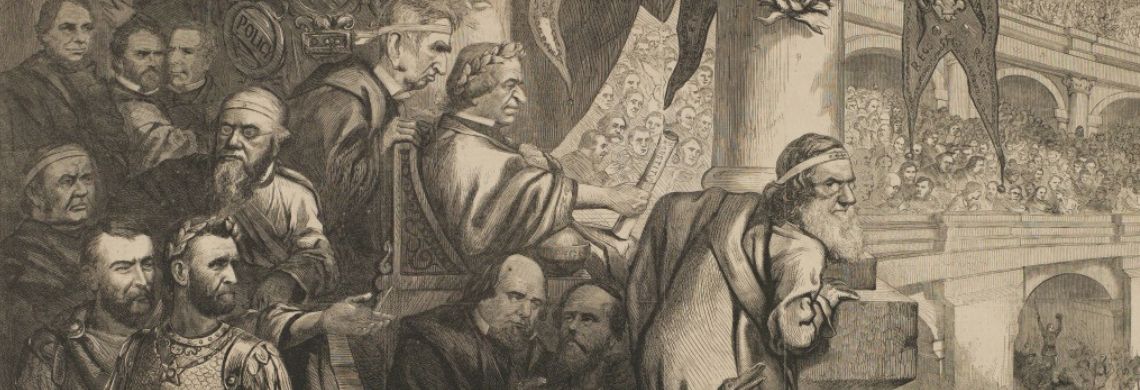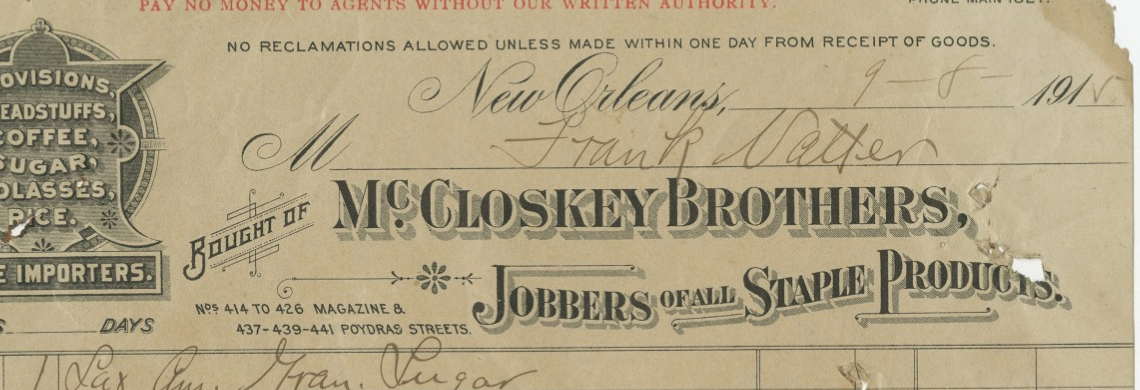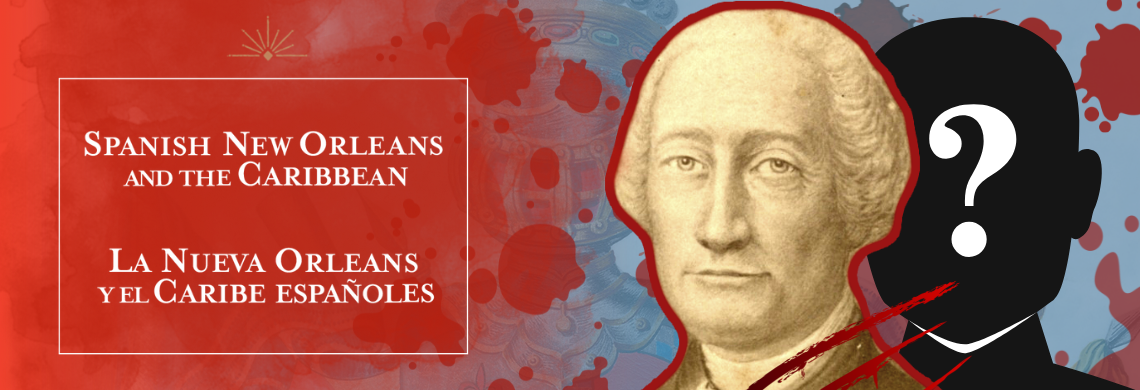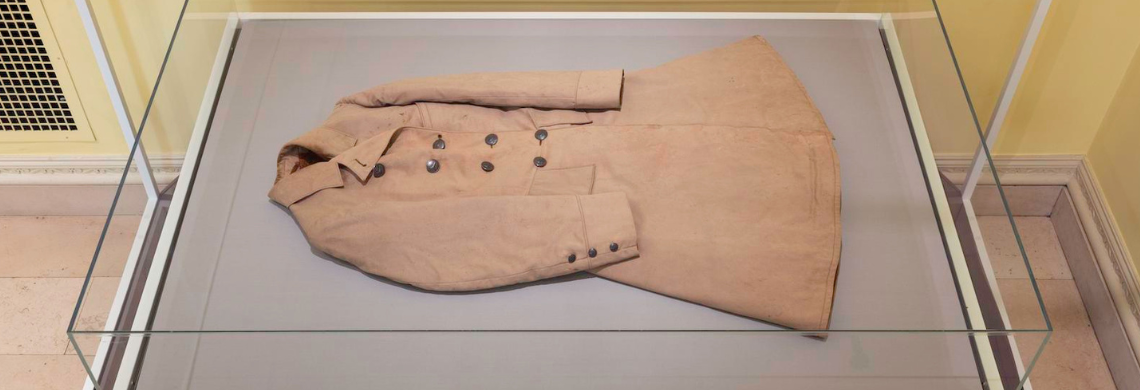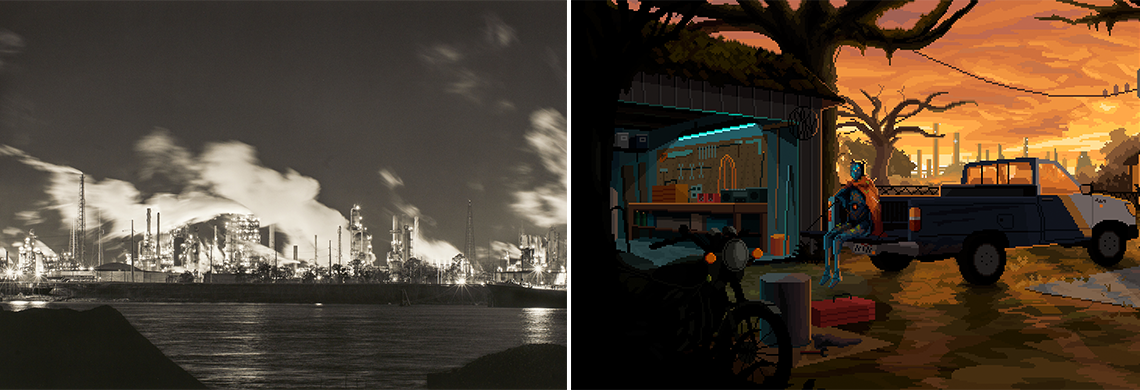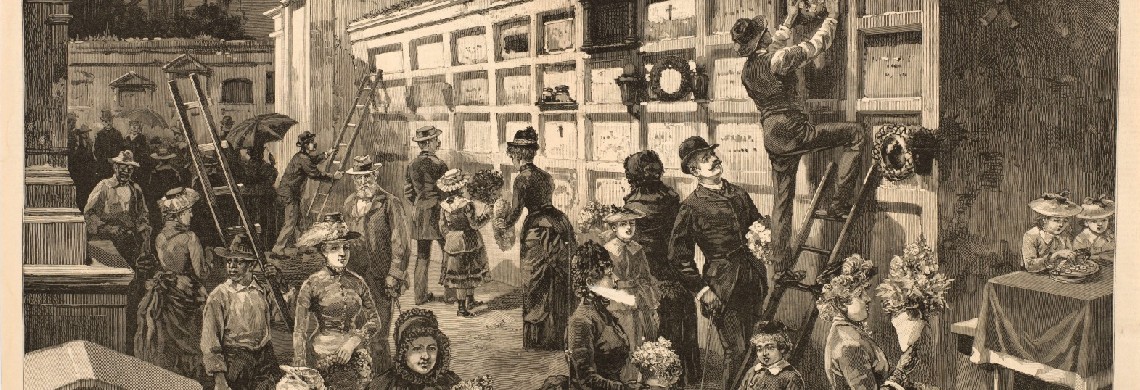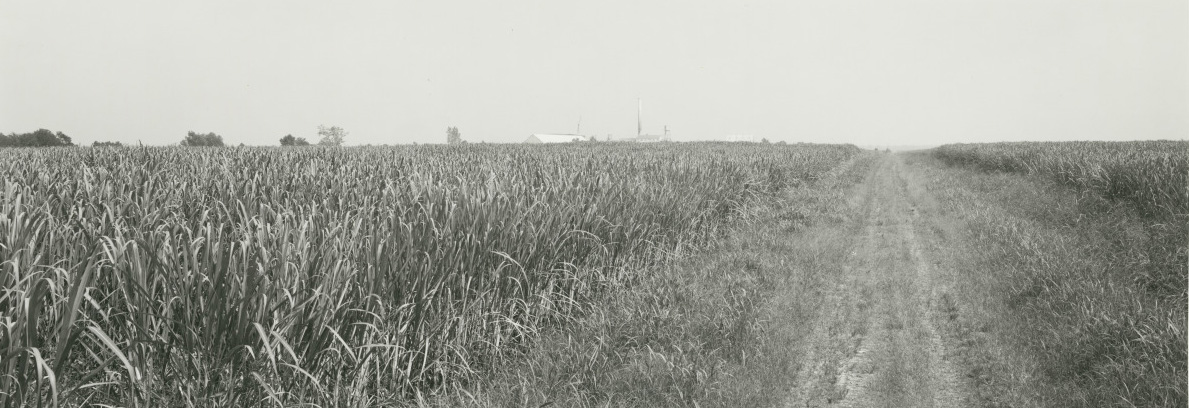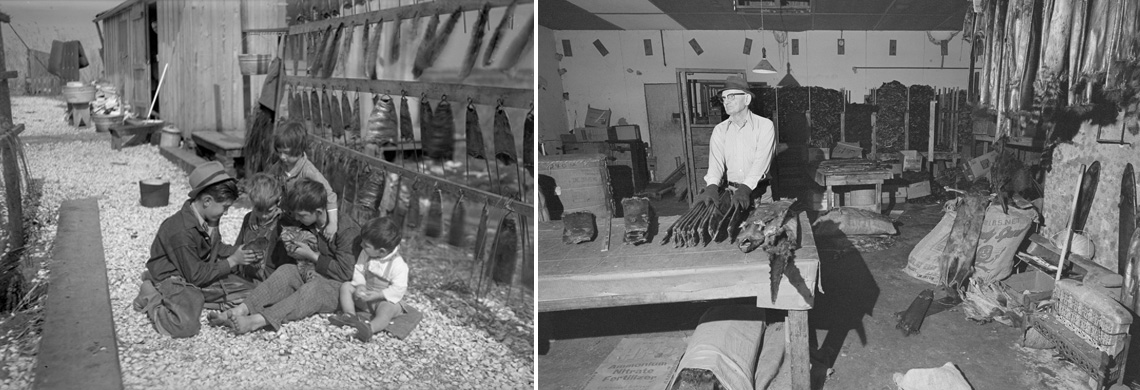Items from the the Antoine’s Restaurant Collection shine light on a business, a family, and their place in New Orleans history.
From neoclassical architecture to street names, southern Louisiana is full of references to the Roman Empire.
In the first part of THNOC's "Coming to New Orleans" series, curatorial cataloger Emily Perkins puts immigration to New Orleans in the context of American history.
These images shed light on the lives of three Irish brothers who helped shape turn-of-the-century New Orleans.
Earlier historians called Alejandro O’Reilly an “executioner” because of his role in quelling the 1768 rebellion against Spanish rule. THNOC reevaluates the infamous governor’s legacy.
A 19th-century coat was found in the attic of an old plantation. Now, it's helping researchers understand roles of fashion and clothiers in American slavery.
A Q&A with Yuts, the pseudonymous creator of the acclaimed indie game Norco, and Richard Sexton, photographer and author of Enigmatic Stream: Industrial Landscapes of the Lower Mississippi River.
Ever wanted to take New Orleans History 101? While no intro course can be comprehensive, we've assembled 13 summaries of major themes, events, people, and places, with lots of links to further reading.
Norbert Rillieux patented the process of sugar refinement changed the industry, but the free man of color faced racist discrimination from the government and clients.
Nutria were once a valued member of Louisiana's wildlife family. Not anymore.


